At first, ‘The Power of Pictures: Early Soviet Photography, Early Soviet film’ at the Jewish Museum, seems to be telling us a story about politics and art that we already know. After a period of openness in the early days of the Soviet Union, during which artistic experimentation was encouraged, artistic production soon came to be tightly controlled by the state, as Stalin tightened his grip on power with an ideological agenda that extended even to camera angles and exposure time. All this is true, but what makes the show remarkable is how this familiar narrative about cycles of political openness and repression is absorbed into a more complicated story about form, content, art, and ideology.

Still Life with Light Bulb (1928-30), Georgy Zimin. Image provided by Rosphoto, State Russian Centre fo Museums and Exhibitions of Photography, St Petersburg
The show’s first gallery is devoted to the early days of artistic freedom and formal experimentation. In the geometrical photograms of Georgy Zimin, glorious landscapes of Rodchenko, and eerie post-tubercular self portraits of El Lissitzky, the political is largely absent at the level of content. Yet for an artist like Rodchenko, the formal innovation of these early images was more than an analogy for the political experiment that was unfolding at the same time; it was an integral part of that revolution. And in these early days, avant-garde artistic methods and radical politics aligned for the advancement of the young Soviet state. Under Stalin’s watchful eye, however, this gave way to a brutal censorship regime. Art was to be both ‘Socialist in content and realist in form.’ Formal experimentation, no longer a reflection of a revolutionary regime, was instead a bourgeois distraction from political messaging.
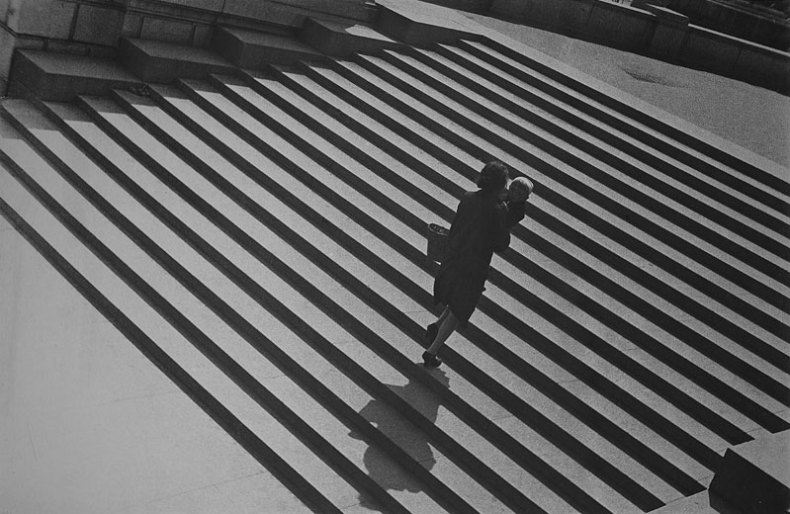
Stairs (1929-30), Alexander Rodchenko © Estate of Alexander Rodchenko (A. Rodchenko and V. Stepanova Archive) / RAO, Moscow / VAGA, New York. Image provided by the Sepherot Foundation
From the early 1930s onwards, photographers were expected to limit themselves to producing images whose formal imperative was to look as ‘truthful’ as possible, even if this truth required considerable manipulation of the photographic image. And as the exhibition makes clear, these photographs are not only imbued with Soviet ideals, they also in turn construct those very ideals of military prowess, of healthy citizens ennobled by labour, of glorious modern cities of the proletariat. They no longer did so freely, however, but according to the dictates and imperatives of the state; they are, in short, propaganda.
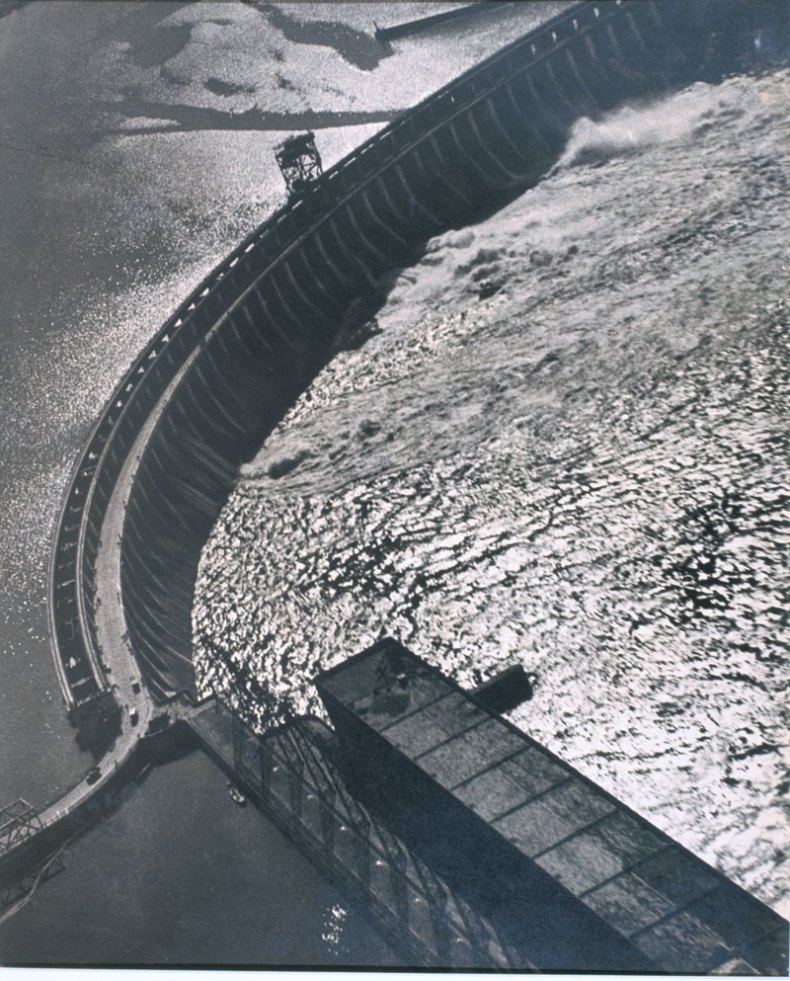
Dnepr Hydroelectric Dam (1934-35), Georgy Petrusov © Georgy Petrusov, courtesy of Alex Lachmann Collection
Yet despite the strict formal limitations imposed by the Soviet state, many ‘outlawed’ innovations (radical camera angles, unconventional lighting, foreshortened perspective) had already been so well integrated into photographic aesthetics that they continued to be used throughout the 1930s (as they were throughout capitalist Europe). These innovations are precisely what make most of the photographs so powerful; without them, guns would merely be guns, the new cities so many blocks of concrete, the impressive displays of collective Soviet humanity would be just so many individuals, and many of the films in the show would be useless as propaganda, because they would become unbearably boring. In these images, the medium is not the message, the form is.
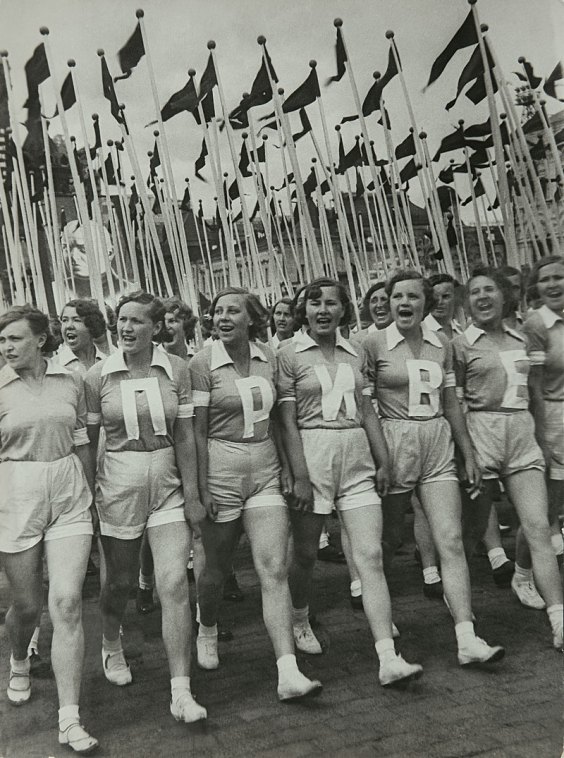
Sports Parade on Red Square (1936), Alexander Rodchenko Artwork © Estate of Alexander Rodchenko (A. Rodchenko and V. Stepanova Archive) / RAO, Moscow / VAGA, New York. Image provided by the Sepherot Foundation
That form carries meaning in this way is not such a radical realisation, but it is important nonetheless. It is a reminder that formal liberty and innovation are no less important to freedom of expression than uncensored content. The ideology embodied in formal conventions operates even in societies where freedom of expression is protected by law, and in images with uncontroversial, even banal subjects. A century later, as we are bombarded by tabloid images, photojournalistic scenes of war, and hallucinatory ads, we confront a visual universe that is no less manipulated and no less ideological than the world of socialist content cloaked in realist forms. Worse still, ours is considerably less interesting to look at.
‘The Power of Pictures: Early Soviet Photography, Early Soviet film’ is at the Jewish Museum, New York until 7 February 2016.
Unlimited access from just $16 every 3 months
Subscribe to get unlimited and exclusive access to the top art stories, interviews and exhibition reviews.

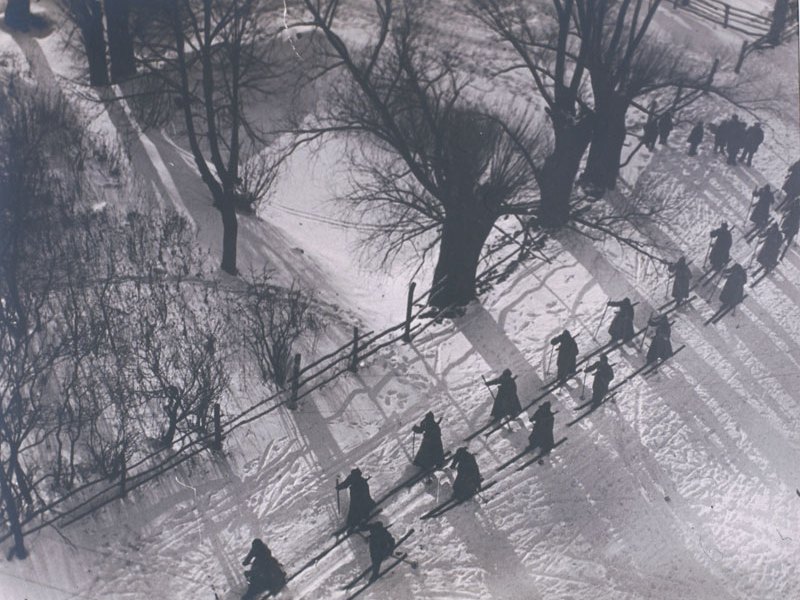
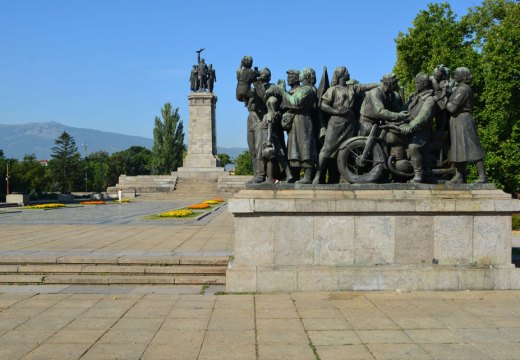
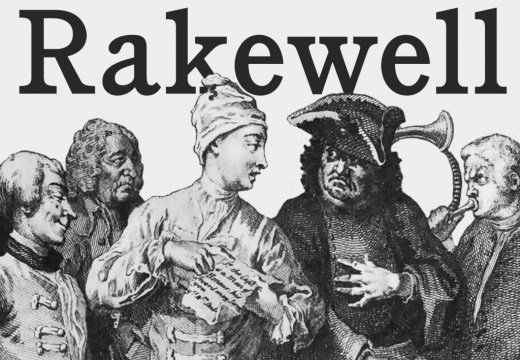
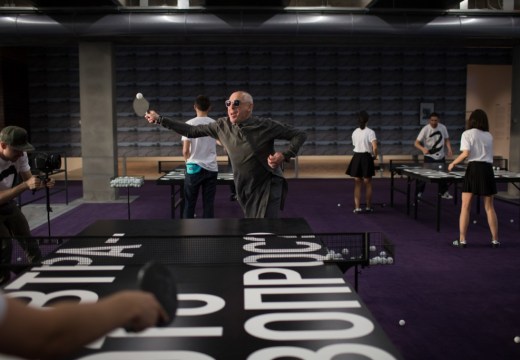









![Masterpiece [Re]discovery 2022. Photo: Ben Fisher Photography, courtesy of Masterpiece London](http://www.apollo-magazine.com/wp-content/uploads/2022/07/MPL2022_4263.jpg)
Has the Fitzwilliam got its rehang right?